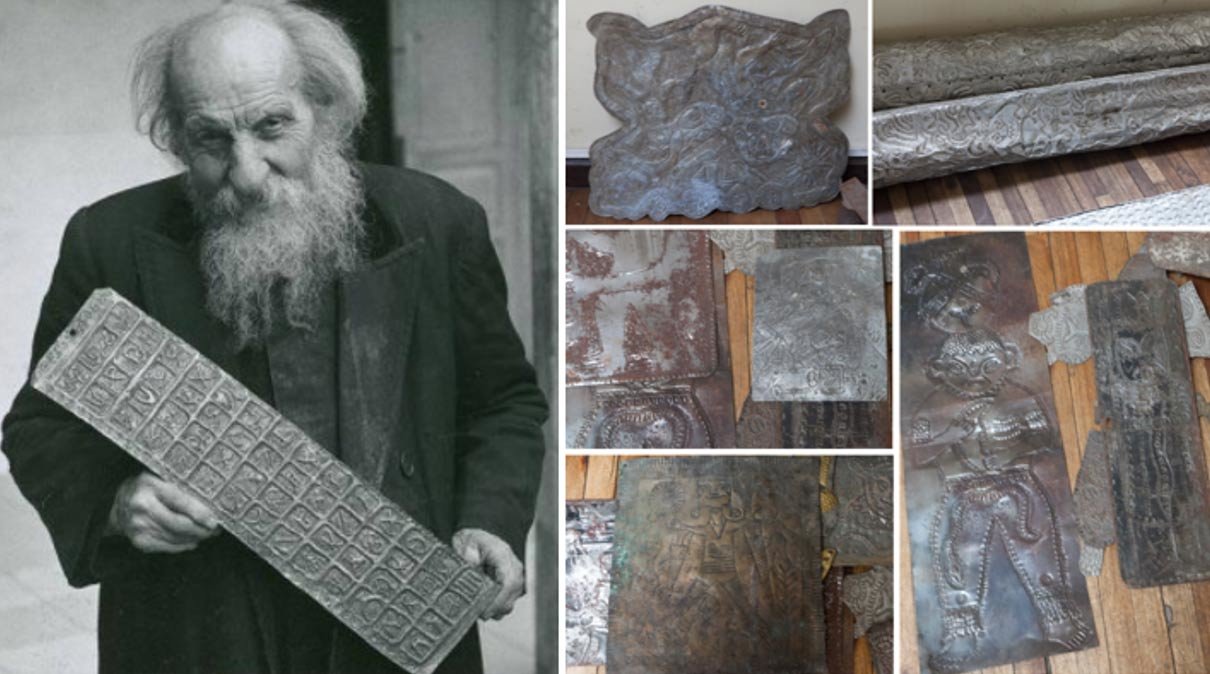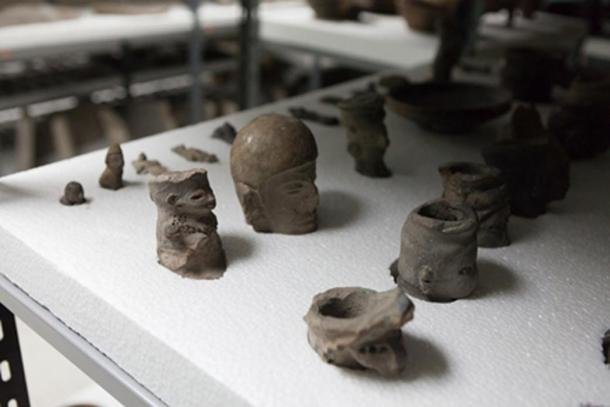
Google the name 'Father Crespi' today and you will find dozens of websites telling the bizarre story of a humble priest and his connection with a mysterious collection of artifacts. Admittedly, Ancient Origins is included among those that have highlighted the strange story of Crespi and his missing artifacts. However, when myself and Dr Ioannis Syrigos of Ancient Origins moved to Cuenca, Ecuador, and were visited by researchers Hugh Newman, founder of Megalithomania.co.uk, and Jim Vieira, who has starred on several History Channel programs, there was an opportunity to explore the account in more depth and find out what is really behind the story of Father Crespi.
The Man Behind the Mystery
Father Carlos Crespi Croci was a Salesian monk who was born in Italy in 1891. He studied anthropology at the University of Milan before becoming a priest. In 1923, he was assigned to the small Andean city of Cuenca in Ecuador to work among the indigenous people. It was here that he devoted 59 years of his life to charitable work until his death in 1982.
Father Crespi is known for his multitude of talents - he was an educator, anthropologist, botanist, artist, explorer, cinematographer, and musician - as well as his intense humanitarian efforts in Ecuador, in which he set up an orphanage and educational facilities, assisted the impoverished, gave food and money handouts, and cared deeply for the people. Walking around the city of Cuenca, it is clear that Crespi won the hearts of the people - today a statue of him helping a young child remains in the square in front of the church of Maria Auxiliadora, and local people old enough to have known him share stories about his intense charitable efforts. The City of Cuenca has been working with the Vatican for years to have Father Crespi recognized as a Saint.
However, it was not only the people of Cuenca that he helped. Father Crespi also had a deep personal interest in the numerous tribes of indigenous people throughout Ecuador and sought to learn about their culture and traditions, as well as to offer assistance wherever possible. People speak of his dedication to a life of voluntary poverty, sometimes sleeping on the floors of small huts belonging to indigenous people, with only a single blanket.
The Crespi Collection
It was due to the dedication of Father Crespi to the people that they began to bring him artifacts as offers of thanks. These artifacts came from all corners of the country and beyond, and were representative of the works of almost all the indigenous cultures of Ecuador. Other objects, including numerous metallic carved plates, were thought to be modern-day carvings or replicas of ancient artifacts, though Crespi always showed great gratitude no matter the value of the gift. Not wanting to shame impoverished families by giving them money handouts for nothing, Crespi began to pay some of the people for the objects they brought him. Philip Coppens explains:
Read the rest of the article here.




Reader Comments